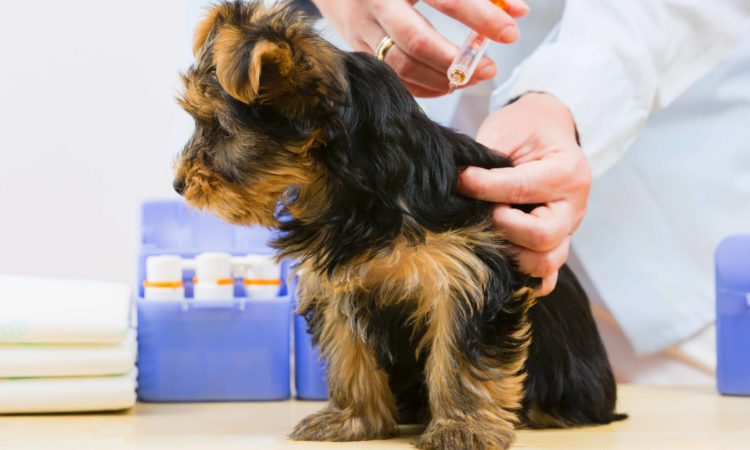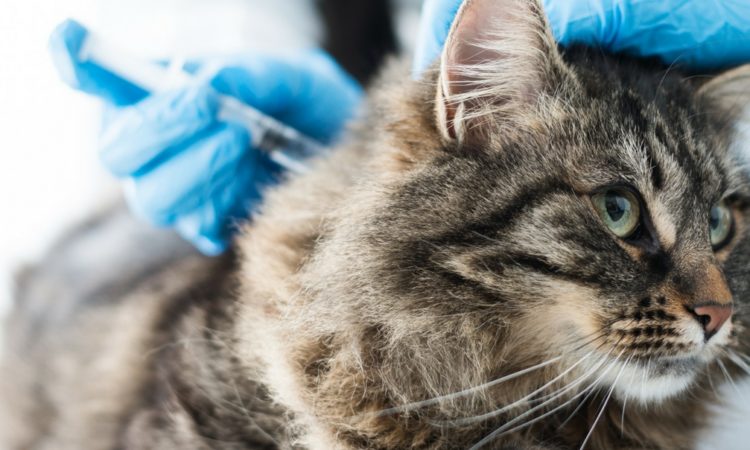Oral health is as vital for animals as it is for humans. Your role in keeping their teeth healthy is crucial too!
What problems can arise from poor oral hygiene?
Bad breath, discomfort and difficulty chewing are some of the most frequent signs of a dental problem. Often they indicate gingivitis or periodontitis. If left untreated, these problems can lead to an infection that affects the blood and organs.
How does tartar form?
Tartar forms on feline and canine teeth because of millions of bacteria sitting on the surface. These bacteria form a biofilm called dental plaque. Once plaque mineralizes, it turns into what we call tartar.
How do I maintain proper oral hygiene for my cat or dog?
Regular brushing is essential for good oral hygiene. Brushing should be gradually introduced into your pet’s routine, so that it becomes a positive and enjoyable experience. You can also feed your pet a dental diet and dental treats, though these are not a replacement for brushing.
How is tartar removed?
Removing tartar buildup is completely painless for your pet. One of our veterinarians performs the scaling (tartar removal) with your pet anesthetized. The animal is intubated for the duration of the procedure. We use an ultrasonic scaler to remove the tartar from their teeth.
Before starting, the veterinarian may recommend X-rays to check for periodontal disease and abscesses only detectable through radiography.





